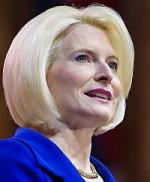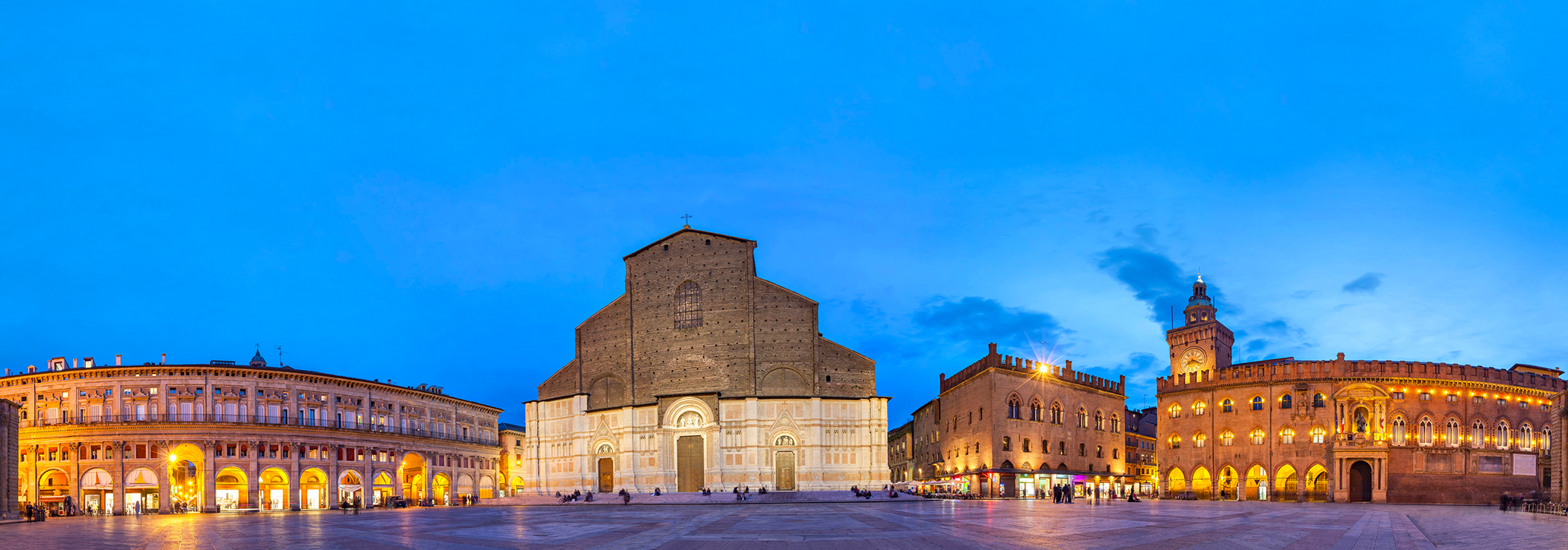
Good morning. It’s an honor to be here.
I’d like to thank Marco Impagliazzo and the Community of Sant’Edigio for the opportunity to speak at the 32nd meeting in the Spirit of Assisi. I’m very proud of our embassy’s longstanding relationship with this incredible Community.
I’m also thrilled to congratulate you on your 50th anniversary! It’s a wonderful achievement.
As America’s Ambassador to the Holy See, a lifelong Catholic, and a Polish-American, I’m delighted to share my thoughts on the Pope who first began this important meeting in 1986, Saint John Paul II.
One question I’m often asked as Ambassador is why the United States maintains an official Embassy to the Vatican.
After all, the territory of the Holy See, occupies less than one-quarter of a square mile. Why do we need an embassy?
The answer is rooted in history – sparked in June of 1979 during Pope John Paul II’s nine-day pilgrimage to Poland. Millions of Poles, almost one-third of the nation, turned out to see the Holy Father, while the rest of the country and the world followed his trip on television and radio.
On the first day of his pilgrimage, the Polish pontiff declared, “There can be no just Europe without the independence of Poland marked on its map!”
It was a shot heard across the world. And in California, by a future American president.
Ronald Reagan was elated. At the time he had a popular radio show and dedicated numerous broadcasts to the Pope’s historic trip.
In one of his broadcasts, Reagan summarized the Pope’s pilgrimage, saying, “It has been a long time since we’ve seen a leader of such courage and such uncompromising dedication to simple morality.”
A few months later in November of 1979, the former Governor of California announced his candidacy for President of the United States.
Soon after taking office, President Reagan requested a meeting with Pope John Paul II.
When the two leaders met in Vatican City in 1982, President Reagan asked Pope John Paul II — at what point would Eastern Europe be free from Soviet domination?
When the Pope responded, “In our lifetime,” the President grabbed his hand and stated fervently, “Let’s work together!”
When President Reagan returned to the United States, he instructed the U.S. Department of State to work more closely with the Vatican. He ordered a full-fledged embassy.
Two years later, in 1984, the United States Embassy to the Holy See was established.
For over a century before that time, America and the Holy See enjoyed a warm and respectful, although unofficial relationship.
That was forever changed in 1984. This new relationship, as President Reagan said, “Would exist to the benefit of peace-loving people, everywhere.” And for nearly 35 years it has done just that.
President Reagan forged not only a strong personal relationship with Pope John Paul II, but also an important diplomatic synergy between the United States and the Holy See.
This alliance continues today. The necessity of our partnership did not end with the fall of the Berlin Wall.
Although our governments are faced with new challenges — they are equally great and perilous.
Our work with the Holy See is critical to responding to humanitarian crises, to safeguarding human rights, and to mediating and preventing conflict and violence.
And the reason is simple — the Church’s impact is real and respected around the world, bolstered by Communities like Sant’Edigio.
Today the Catholic Church is engaged on every continent, advancing human rights, alleviating suffering, and educating those most in need.
Its extensive network of service providers has access and credibility in the world’s most troubled areas.
The Holy See also has the second largest diplomatic community with 183 partners – second only to the United States.
The Vatican, through an unrivaled network of local contacts, plays an active role in countries where many governments have difficulty operating.
Across much of Africa, the Catholic Church serves on the frontlines as the only viable institution in society.
The Church’s unique ability to develop trust, to work with local communities, and to affect change is unlike any other nation-state.
In short, the United States Embassy to the Holy See serves as a global engagement post. Partnering with the Holy See, the United States leverages the global impact of the Catholic Church – extending to more than 1.3 billion Catholics and millions of non-Catholics as well. Doing so promotes our common priorities and values in every region of the world.
None of this would have been possible without the extraordinary vision and leadership of President Reagan and Saint John Paul II. Their partnership paved the way. Their example is ever-present.
Today the United States and the Holy See share a commitment to combating the global evil of human trafficking.
President Trump has pledged to bring the “full force and weight” of the U.S. government to this fight, and Pope Francis is equally passionate about ending this scourge.
The United States and the Holy See are also committed to protecting and promoting religious freedom in every part of the world.
We understand that when this fundamental human right is denied, instability, human rights abuses, and violent extremism flourish. The U.S. Embassy to the Holy See works closely with the Vatican to protect and defend all those who are persecuted for professing their faith. The Vatican can count on the United States to be a key ally in this endeavor.
And in all of these areas, the Community of Sant’Edigio, like the Holy See, has a global reach.
With 70,000 members around the world working in over 70 countries, your organization is critical to strengthening communities and bringing parties - often opponents - together through mediation and dialogue.
The Church’s vast global influence makes it a critical partner for the United States in addressing a wide range of issues. President Reagan and Saint John Paul II understood the significance of this relationship. Their leadership and partnership built a bridge of peace.
In honor of their memory, the United States Embassy to the Holy See will continue its crucial work with the Vatican and Sant’Edigio, for the benefit of harmony, freedom, and human dignity throughout the world.
Thank you and God bless.


